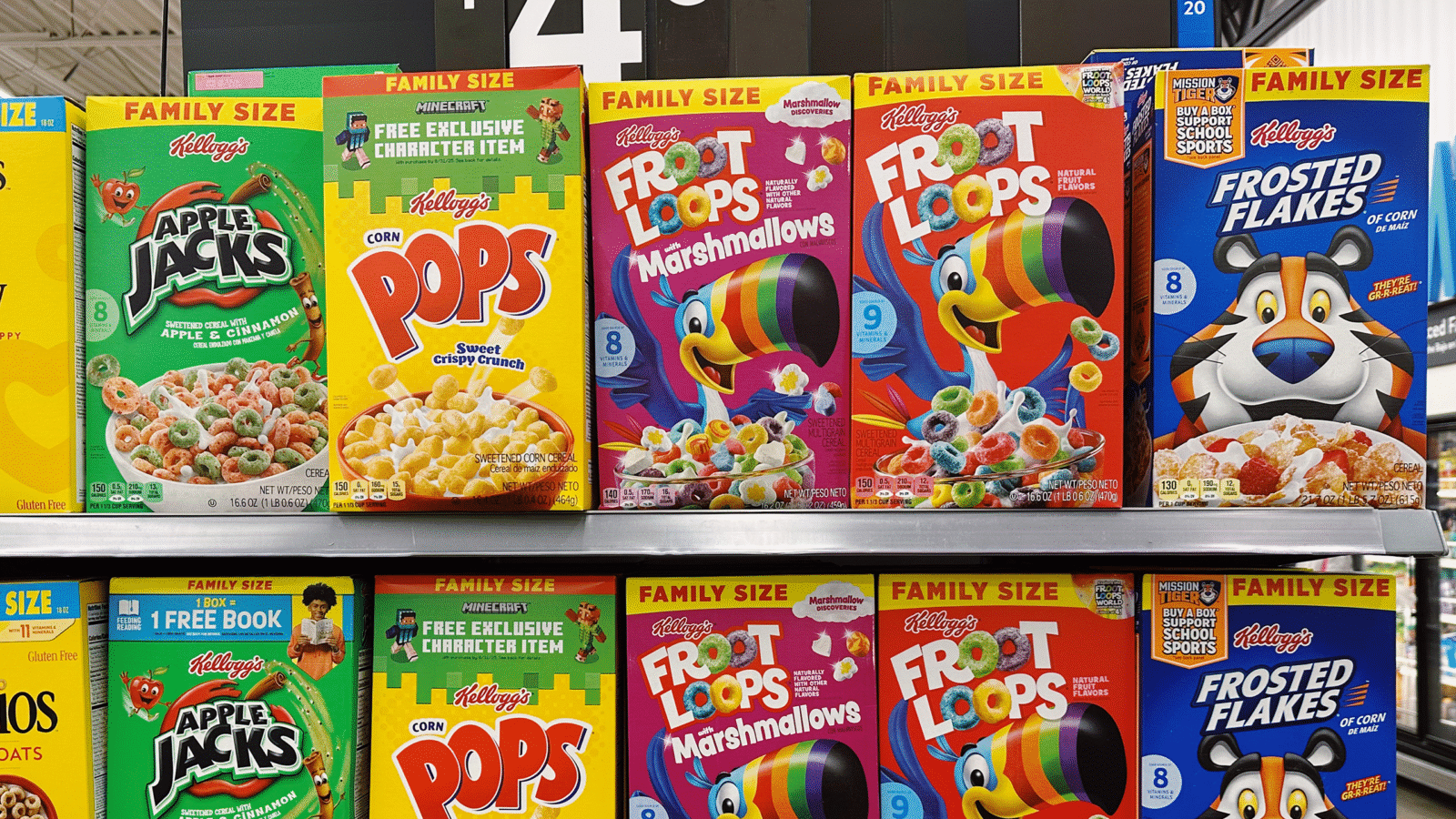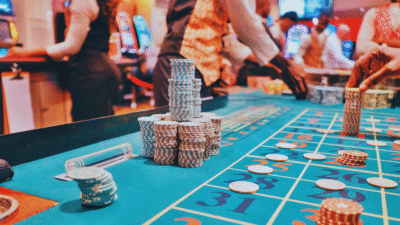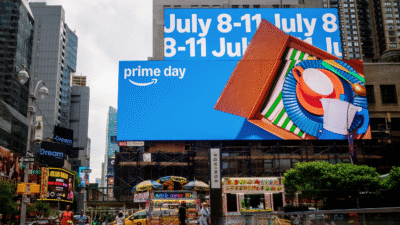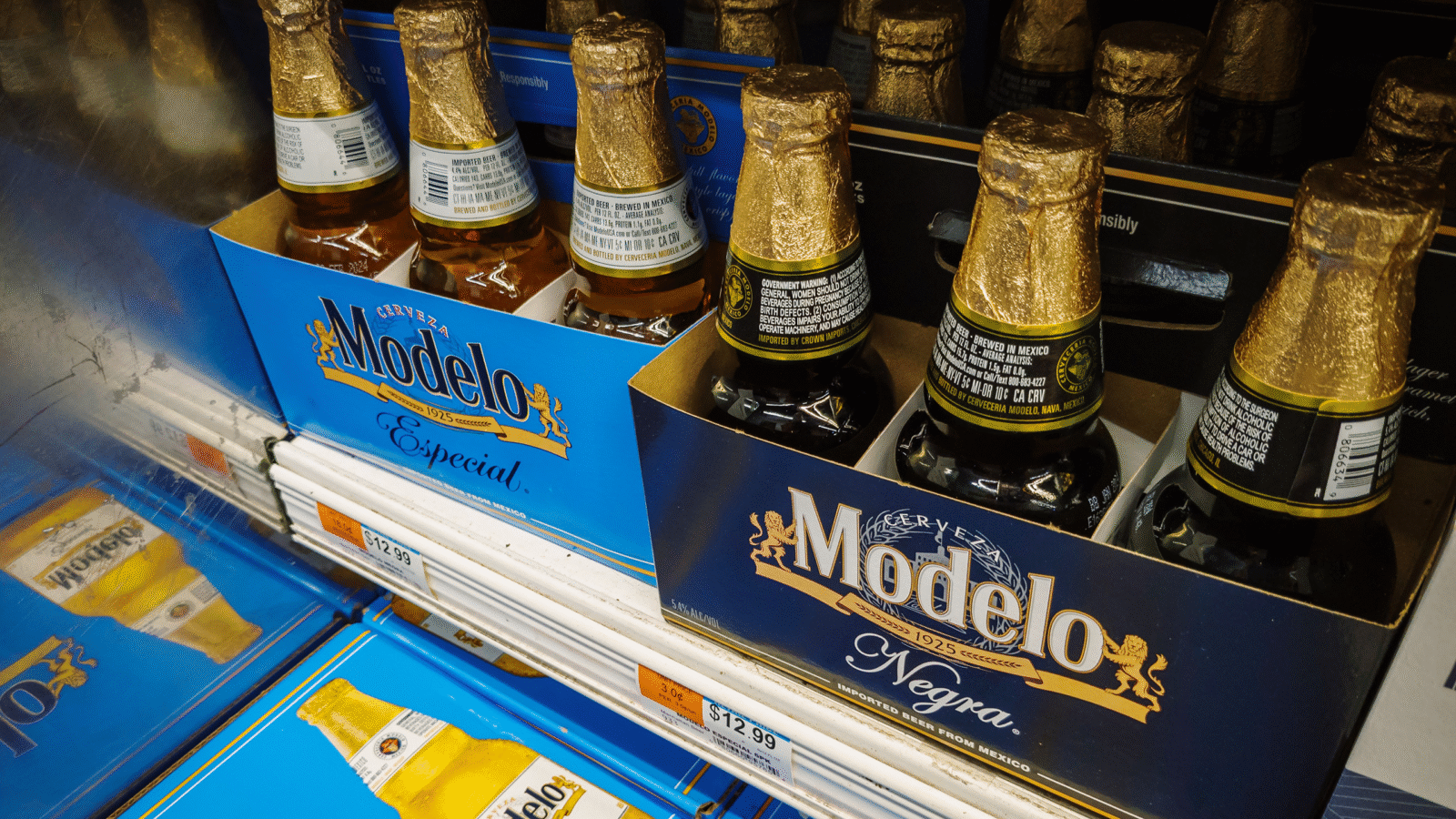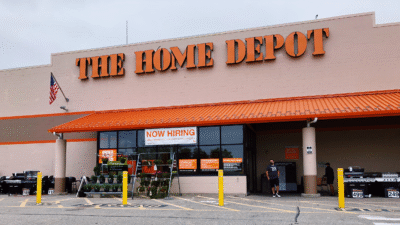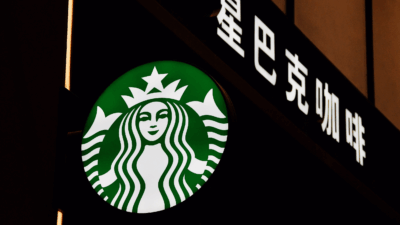Lego Thrives Amid Higher Business Cost and a Slowing Toy Market
Danish company Lego reported generating $4.65 billion in revenue for the first half of 2024, up 13% from a year earlier.
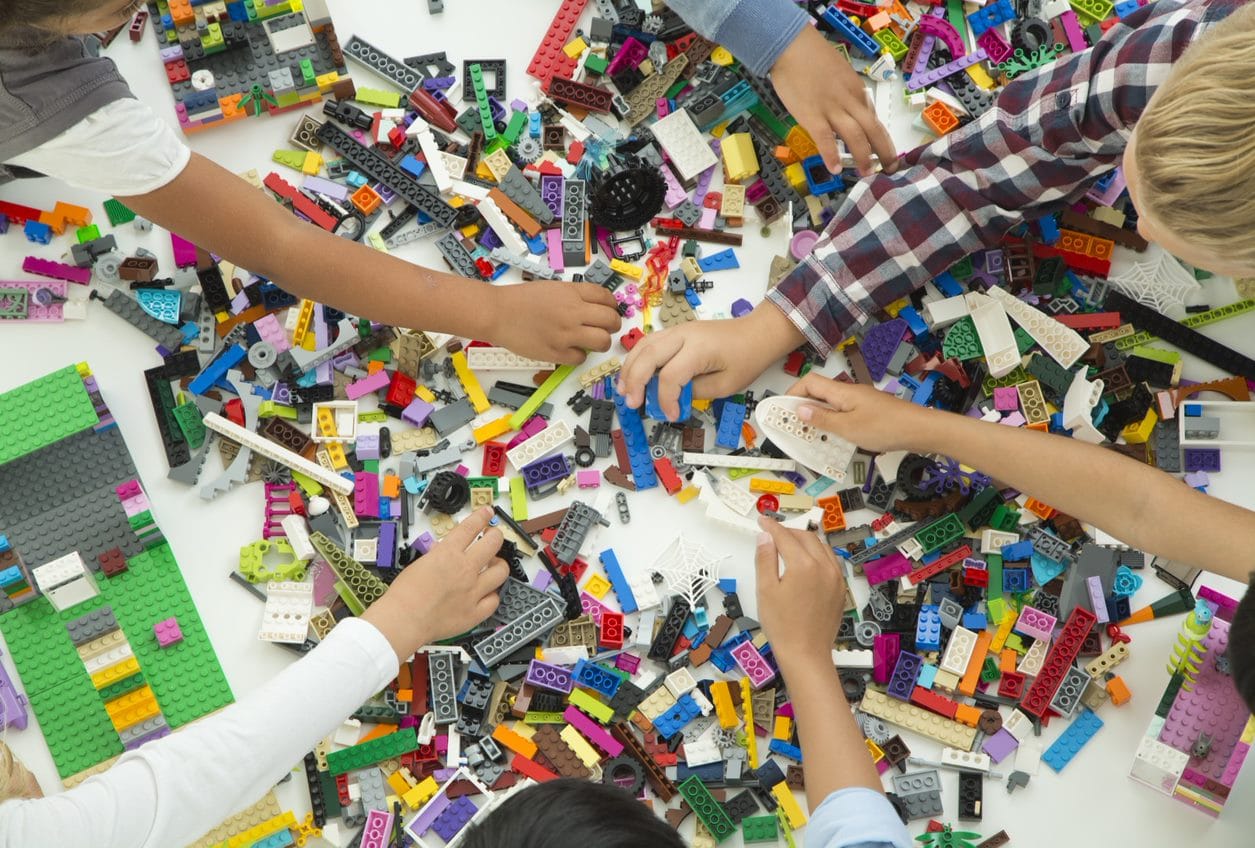
Sign up for smart news, insights, and analysis on the biggest financial stories of the day.
Nothing can knock the crown off Lego’s cylindrical head.
Despite slowing demand in the toy industry and extra costs tied to Lego’s mission to go fossil-free, the Danish tiny-brick maker reported generating $4.65 billion in revenue for the first half of 2024, up 13% from a year earlier.
Brick by Brick
Legos transcend age easier than most toys. While little kids might be interested in superhero-themed sets, adults find comfort in more sophisticated designs that mimic artistic flower bouquets and landmarks… and the superhero-themed sets, too.
Lego has collaborated with an ever-growing range of brands and intellectual properties including Batman, Star Wars, Bugatti, and Adidas, so no matter your interest, there’s probably a Lego out there for you. Additionally, the company has 10 theme parks, a handful of successful theatrical releases, and it recently partnered with Epic Games’ “Fortnite” — the most-played video game across all platforms in 2023:
- Lego’s direct-to-consumer sales increased 14% in the first half. “If you look at a result like this it’s not like I can point to one country or one product. It’s across the board. It’s not one initiative, one silver bullet,” Lego CEO Niels Christiansen told the Financial Times. “The Lego brand globally is performing very well.”
- Meanwhile, the rest of the toy industry is tepid. US toy sales declined 1% in the first four months of the year, according to market researcher Circana, and both Barbie maker Mattel and Play-Doh pioneer Hasbro reported lower sales in the first half of 2024 year-over-year.
Alternative Plastics: Not even Lego’s environmental aspirations can slow its growth. The company has been introducing renewable and recycled materials to its bricks instead of relying on oil and other fossil fuels for its manufacturing. Christiansen told the FT that “it is 40 to 50 to 60% more expensive in material terms. We don’t pass that on to the consumer.” The bricks may have a different chemical makeup, but they hurt just the same when you step on them barefoot.
